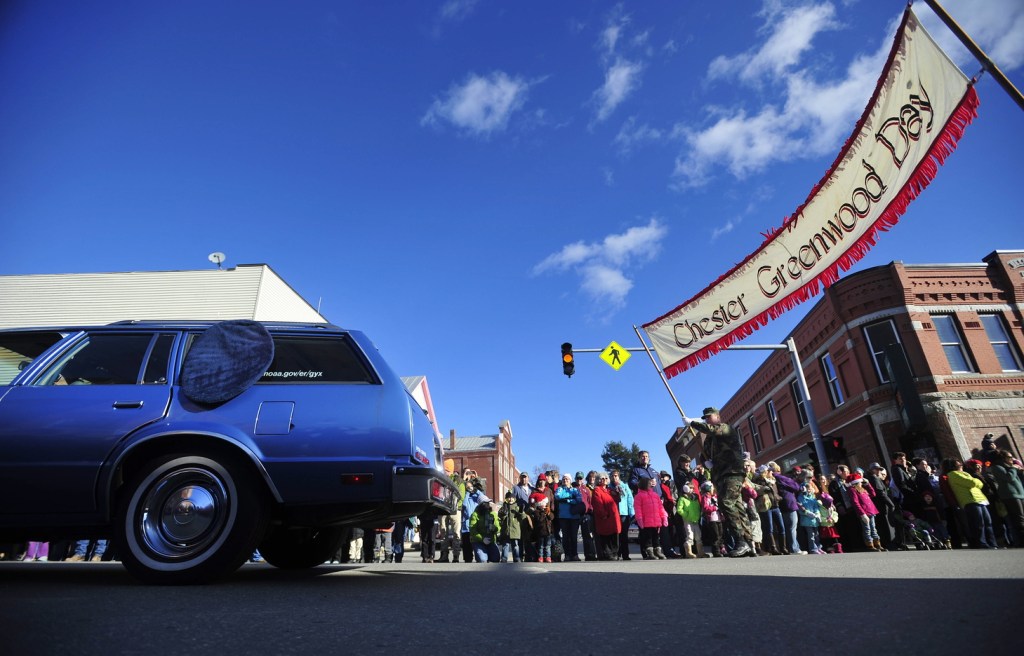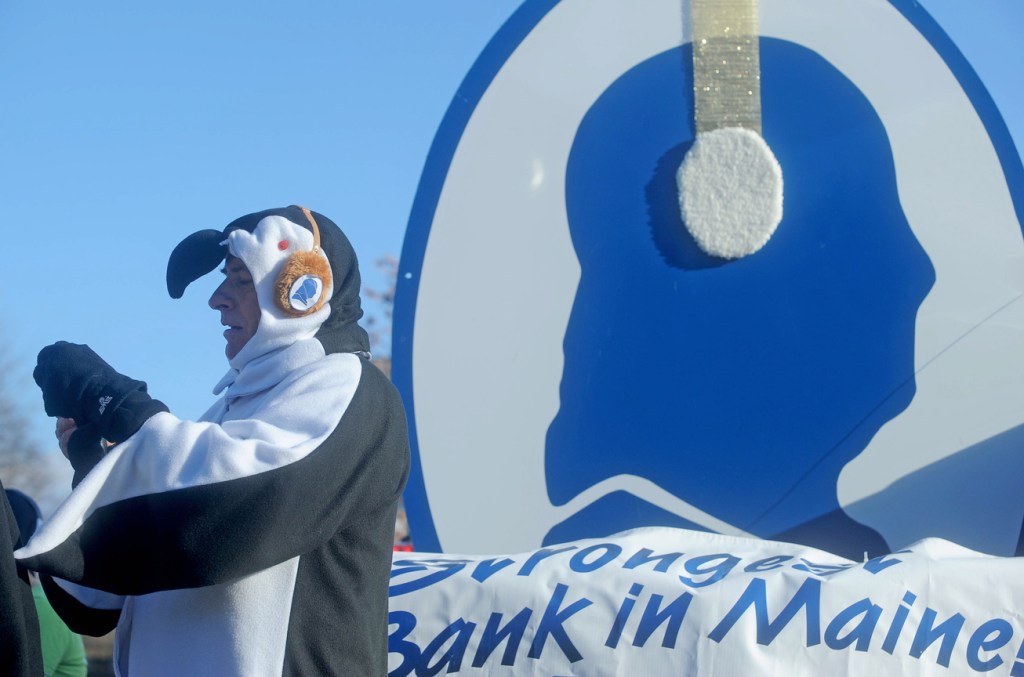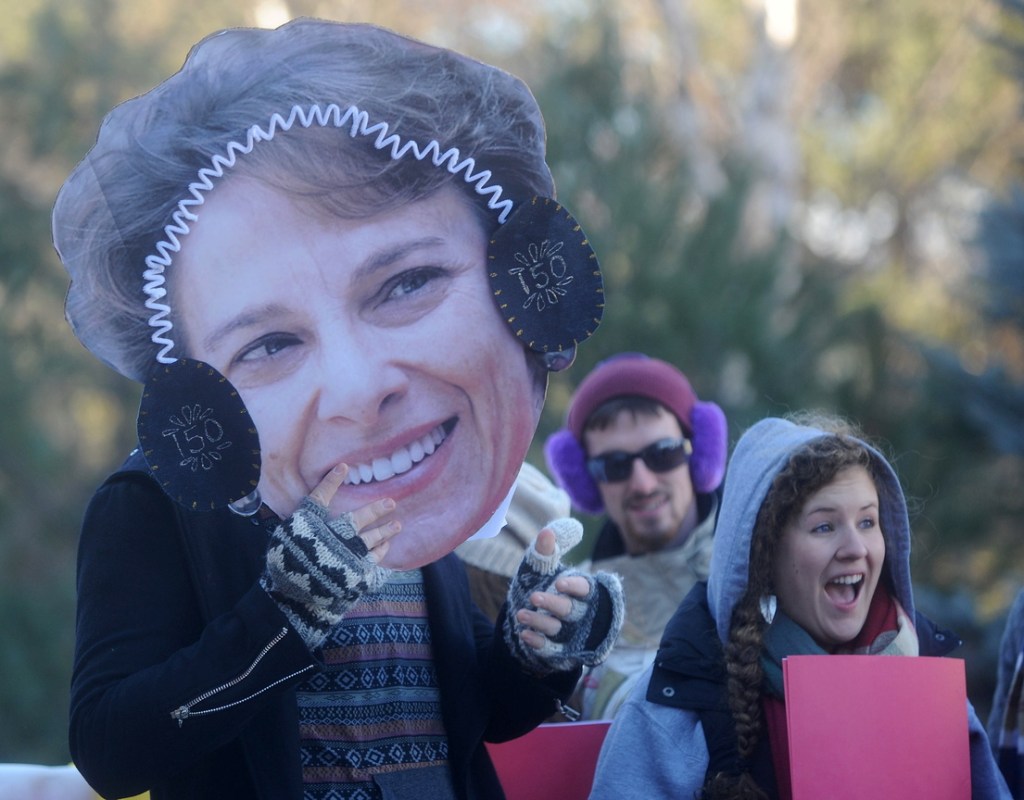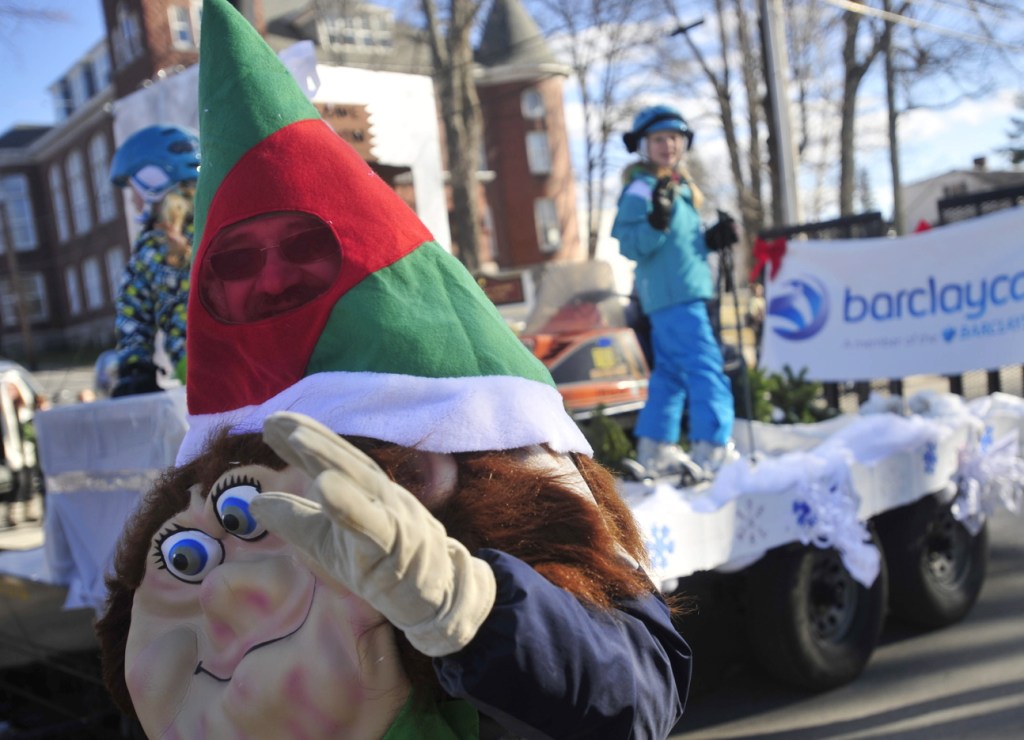FARMINGTON — When Chester Greenwood of Farmington filed a patent 136 years ago for his invention, earmuffs, he became an enduring local symbol of innovation and business acumen; but he might have had a more difficult time achieving the same success today.
On Saturday, in Greenwood’s honor, people lined the streets to watch an earmuff-themed parade, the centerpiece of a two-day annual celebration that has been observed religiously for the past 37 years.
Many are drawn to the simplicity of the story of Greenwood who, as a teenager, reportedly came home from ice skating one day and asked his grandmother to attach pads of beaver fur to a wire frame.
On the strength of that idea, Greenwood built an earmuff empire, employing hundreds at a Farmington factory and supplying his product to soldiers during World War I through a government contract.
Greenwood went on to amass more than 100 patents in his lifetime, including ones for a metal-toothed rake, a wood-boring machine, and a matchbox that doubled as a business card holder.
For his achievements, the Legislature declared Dec. 21 “Chester Greenwood Day” in 1977, 40 years after his death.
In reality, however, the originality of Greenwood’s invention was not as clear-cut as the public might imagine, according to Dennis Haszko, a patent agent based in Farmington who often works with local inventors to help them register and protect their ideas.
Haszko has been practicing as a patent agent since 1997 and is affiliated with Eaton Peabody, a law firm with offices in five Maine communities.
Haszko has studied Greenwood’s patent, still on file with the U.S. Patent and Trademark Office, in an effort to answer a question.
“Why did Chester Greenwood get a patent?” he asked. “I have one of his original earmuffs. If you’ve seen one, it’s not a very comfortable product.”
In addition to being uncomfortable, the product was also somewhat unoriginal.
“Candidly, there were earmuffs prior to that,” Haszko said. “It wasn’t the first earmuff. It was an improved earmuff.”
Haszko said that while Greenwood is credited as the inventor of the earmuff, what he actually patented was an earmuff component consisting of a metal band with a V-shaped hinge on either side that swiveled with the ear.
That triangular hinge, Haszko said, was the true innovation.
“It was just that swivel hinge, the best I could determine, that made it patentably distinct and made it a better product,” he said.
Greenwood’s earmuffs, which he branded as “Champion Ear Protectors,” continue to have relevance today – not only for freezing ears, but also for some inventors seeking patents.
Greenwood’s patent has been cited by patent office examiners for other inventions, including a trolling motor mount for outboard and inboard boats.
Over the past 10 years, it has been referenced in a dozen patents for ear-warming devices of one kind or another, including one for an “ear warmer with a speaker system.”
One filed in May, the “ear protection device,” demonstrates how patents have changed over the years. While Greenwood’s patent was two pages long and included two simple diagrams, the modern earmuff patent application consists of 31 pages of diagrams, some very complex, and dozens of pages of text.
“It kind of amazes me how the rules have changed,” Haszko said. “It’s gotten so much more complicated to get a patent. Chester Greenwood would have been up against the same problems. His two-page patent would have morphed into that 50-page patent.” Haszko said the process has gotten more difficult.
Matt Hongoltz-Hetling can be contacted at 861-9287 or at:
mhhetling@centralmaine.comTwitter: @hh_matt
Send questions/comments to the editors.








Success. Please wait for the page to reload. If the page does not reload within 5 seconds, please refresh the page.
Enter your email and password to access comments.
Hi, to comment on stories you must . This profile is in addition to your subscription and website login.
Already have a commenting profile? .
Invalid username/password.
Please check your email to confirm and complete your registration.
Only subscribers are eligible to post comments. Please subscribe or login first for digital access. Here’s why.
Use the form below to reset your password. When you've submitted your account email, we will send an email with a reset code.